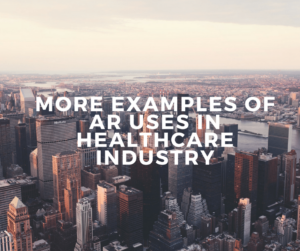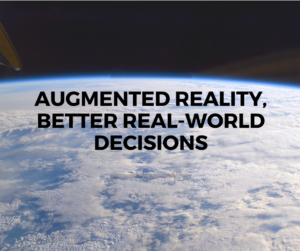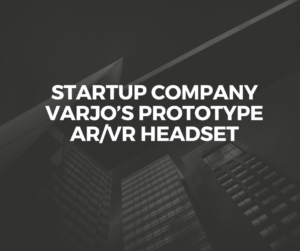ReadySC Training Program with Boeing

The program is operated by the SC Technical College System, trains workers for jobs at the Boeing assembly plant in North Charleston. Boeing is an AREA member. The program works with industry to provide classroom, lab and on-the-job learning for high-tech, high-skill and high-wage jobs in advanced manufacturing.
Today’s manufacturing workers must possess a completely different skill set than that of previous generations, utilizing such technologies as 3-D printing, augmented reality and robotics on the shop floor. They are more often required to work and communicate as a team, think critically and creatively solve problems.
This program works to meet the recruitment and training needs of industry partners such as Boeing, Bosch, Giti Tire, GKN, Mercedes-Benz, Michelin, Toray Composites and Volvo. According to the article, the genius of this program is its flexibility and on-the-ground partnership with the industries that do the hiring and know what skills they need.
Boeing provides an excellent example. Boeing personnel worked alongside the readySC training team to develop an intensive career and technical education new-hire program. The company also advised the local technical colleges in the design and validation of more than 200 courses. In addition, Boeing worked closely with readySC in providing materials and expertise to help us create a realistic simulated work environment.








